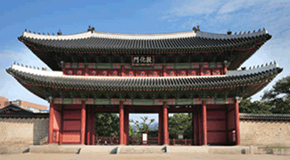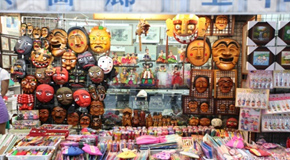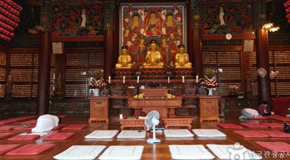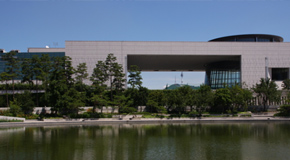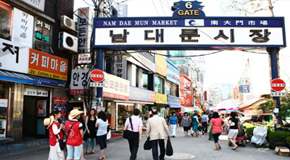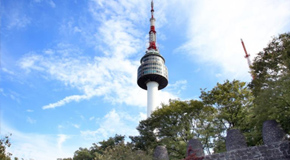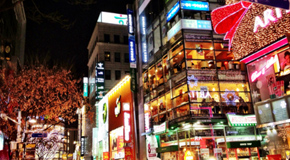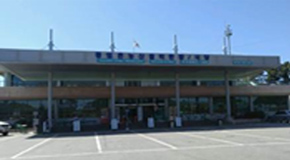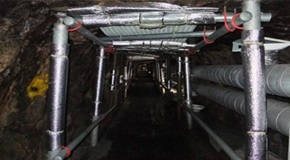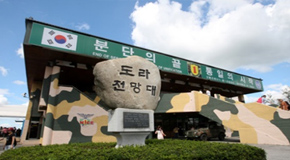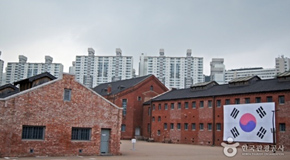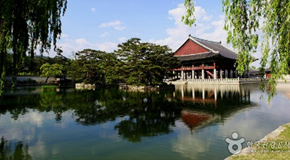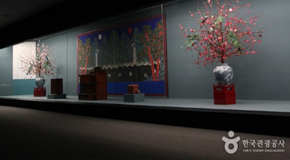| Price included |
A 45-seater bus, admission fee, cruise ticket, an English speaking guide, a bottle of mineral water per day, 2 lunch (on 1st, 2nd Day), 2 dinner (on 1st, 2nd Day) (TBA), twin room based at hotel with 4-star or similar condition |
Day 1
- Bulguksa Temple
- Bulguksa Temple is the representative relic of Gyeongju and was designated as a World Cultural Asset by UNESCO in 1995. Bulguksa was intended to embody the happy land where the mortal being is released from the suffering of life by following the teachings of the Buddha, or the Lotus Land as promised in the Avatamsaka Sutra, which offered the theoretical foundation for construction of the temple. Therefore, the temple had to be not only faithful to the teachings of the Buddha but beautiful as well.
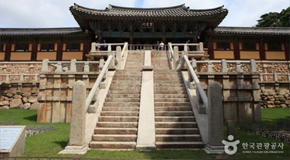
- Seokguram Grotto
- Seokguram differs in construction from cave temples in India and China where Buddhism flourished before arriving in Korea. The cave pantheons in India and China were mostly built by digging into hillsides and carving on natural rocks. Instead, at Seokgurm, an incredible artificial cave was created using great granite stones high on the mountain some 750 meters above sea level. The unique architectural technique used to construct Seokguram is unprecedented the world over.
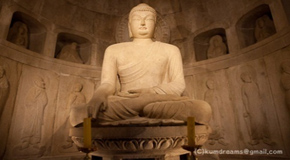
- Donggung Palace and Wolji Pond
- Donggung Palace and Wolji Pond were the secondary palace site which was used for the palace of the Crown Prince along with other subsidiary buildings and it also was the banquet room for important national event and important visitors. After the fall of Silla, followed by Goryeo and Joseon, the site was named ‘Anapji’ instead. Later, a fragment from a pottery which the carved letter “Wolji” was found in 1980s and it revealed that Wolji contained the meaning of the pond reflecting moon. Thus, the name ‘Anapji’ was changed to the current - ‘Donggung Palace and Wolji Pond.’
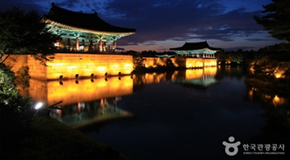
Day 2
- Haedong Yonggungsa Temple
- Haedong Yonggungsa Temple is situated on the coast of the north-eastern portion of Busan. This superb attraction offers visitors the rare find of a temple along the shore line; most temples in Korea are located in the mountains. Haedong Yonggungsa Temple was first built in 1376 by the great Buddhist teacher known as Naong during the Goryeo Dynasty. Haesu Gwaneum Daebul (Seawater Great Goddess Buddha), Daeungjeon Main Sanctuary, Yongwangdang Shrine, Gulbeop Buddhist Sanctum (enclosed in a cave), and a three-story pagoda with four lions can all be seen looking out over the ocean.
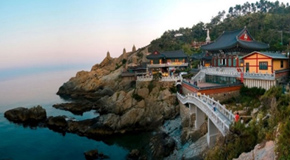
- Nurimaru APEC House
- The name Nurimaru APEC House is created by combining the Korean words nuri (“world”) and maru (“summit”), and “APEC House,” which refers to an APEC conference hall. Collectively, it means “a house where the world summits gather together for an APEC meeting.”
Located on Dongbaekseom Island, which is noted for its beautiful, natural landscape accented by dense camellia and pine trees, Nurimaru APEC House has been used as a memorial hall and a prestigious international conference hall since the APEC summit meeting. Nurimaru, a 3-story building, is a modernistic expression of “jeongja,” a pavilion in traditional Korean architectural style. Its roof shape symbolizes the ridgeline of Dongbaekseom Island. Its interior design is a visual display of Korea’s creative traditional culture.
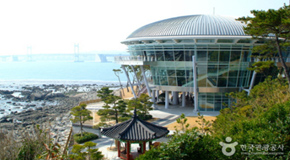
- Bulguksa Temple
- Yongdusan Mountain (49m) in downtown Busan is one of Busan's three famous mountains. It was originally called Songhyeonsan Mountain, which means a mountain with a view of the sea through the dense pine tree forest. Later, the name was changed to Yongdusan Mountain, as the mountain peak was shaped similar to a dragon's head (yongdu), protecting the area against foreign invaders overseas.
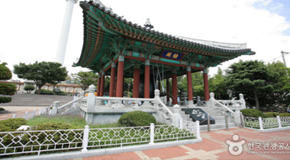
- BIFF Square + Gukje Market
- Having been remade into a cultural tourist attraction promoting the advancement of Korea’s film industry, BIFF Square has contributed to Busan’s newfound status as an international cultural tourist city.
The Gukje Market is one of Korea’s largest markets; each alleyway is crowded with stalls, and it connects to Bupyeong Market, Kkangtong Market, and other smaller markets.
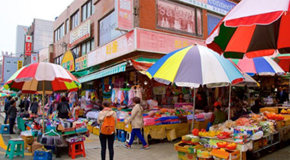
- Jagalchi Market
- Jagalchi Market, located on the shoreside road in Busan's Jung-gu, is Korea's largest seafood market, selling both live and dried fish. After the Korean War, the market solidified itself as a fish market. Most of the people who sell fish are women, so the vendors here are called Jagalchi Ajumma, "ajumma" meaning middle-aged or married woman in Korean.
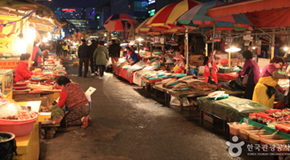
|


